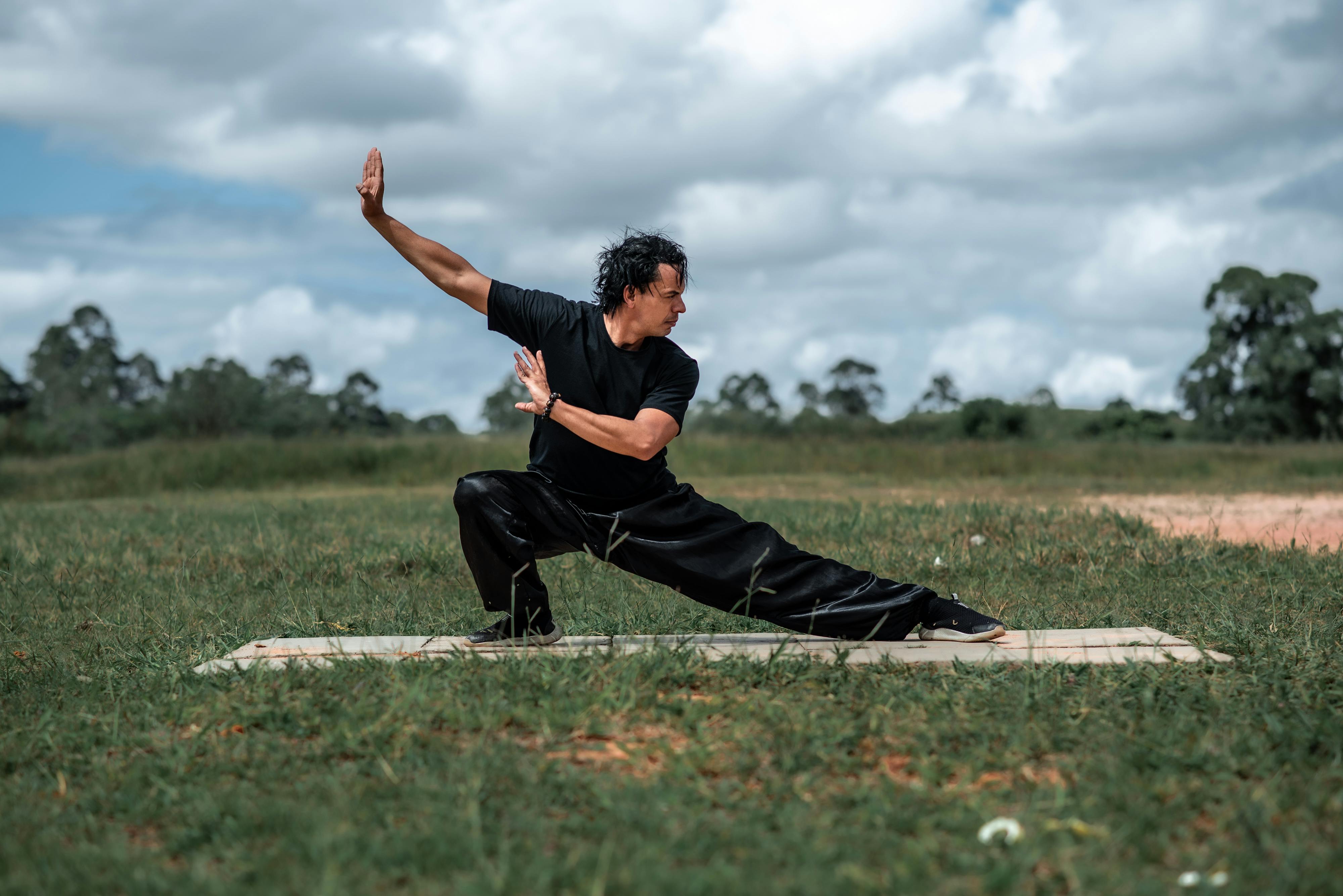Neuroplasticity-Based Fitness: Revolutionizing Brain Health Through Movement
Can you imagine a workout that not only sculpts your body but also reshapes your brain? Welcome to the cutting-edge world of neuroplasticity-based fitness, where physical exercise becomes a powerful tool for cognitive enhancement and brain health. This innovative approach is transforming our understanding of the mind-body connection and offering exciting new possibilities for mental wellness.

The Science Behind Neuroplasticity-Based Fitness
Neuroplasticity, the brain’s ability to form new neural connections and reorganize existing ones, is at the heart of this innovative fitness approach. For decades, scientists believed that the adult brain was relatively fixed and unchangeable. However, groundbreaking research in the late 20th century revealed that our brains remain malleable throughout our lives, constantly adapting to new experiences and challenges.
Physical exercise has been shown to be a powerful driver of neuroplasticity. When we engage in specific movement patterns, we stimulate the growth of new neurons (neurogenesis) and strengthen existing neural pathways. This process not only enhances cognitive function but also improves overall brain health, potentially reducing the risk of neurodegenerative diseases.
Key Components of Neuroplasticity-Based Workouts
Neuroplasticity-based fitness programs incorporate a variety of exercises designed to challenge both the body and the brain simultaneously. These workouts typically include:
-
Proprioceptive exercises: Activities that enhance body awareness and spatial orientation, such as balance training on unstable surfaces.
-
Cross-lateral movements: Exercises that require coordination between the left and right sides of the body, promoting interhemispheric communication.
-
Cognitive-motor tasks: Combining physical movements with mental challenges, like solving math problems while juggling.
-
Rhythm and timing drills: Activities that improve neural synchronization and processing speed.
-
Sensory integration exercises: Workouts that engage multiple senses simultaneously, enhancing overall neural connectivity.
Benefits Beyond Traditional Exercise
While conventional fitness routines primarily focus on physical health, neuroplasticity-based workouts offer a host of cognitive benefits. Research has shown that these specialized exercises can:
-
Enhance working memory and attention span
-
Improve problem-solving skills and creativity
-
Boost emotional regulation and stress resilience
-
Accelerate learning and skill acquisition
-
Potentially delay or prevent age-related cognitive decline
Moreover, neuroplasticity-based fitness has shown promise in rehabilitation settings, helping individuals recover from brain injuries and neurological disorders more effectively than traditional therapies alone.
Implementing Neuroplasticity-Based Fitness in Daily Life
Incorporating neuroplasticity-based exercises into your routine doesn’t require expensive equipment or gym memberships. Simple activities like learning a new dance, practicing juggling, or even brushing your teeth with your non-dominant hand can stimulate neuroplasticity.
For a more structured approach, consider:
-
Taking up a new sport or physical skill that challenges coordination and balance
-
Enrolling in movement classes that incorporate cognitive tasks, such as martial arts or specialized brain fitness programs
-
Using smartphone apps designed to combine physical exercises with brain-training games
-
Creating an obstacle course in your backyard that requires problem-solving and agility
The key is to consistently challenge yourself with novel and progressively difficult tasks that engage both your body and mind.
The Future of Brain Health and Fitness
As our understanding of neuroplasticity continues to grow, we can expect to see more tailored and effective brain-body workouts emerging. Researchers are already exploring the potential of virtual reality and augmented reality technologies to create immersive neuroplasticity-based fitness experiences.
Additionally, ongoing studies are investigating how neuroplasticity-based fitness might be used to address specific cognitive challenges, such as ADHD, anxiety disorders, and even early-stage dementia. The potential for personalized brain health interventions is enormous, offering hope for improved cognitive function across all age groups and abilities.
Neuroplasticity Boosters: Quick Tips for Brain Fitness
• Learn to juggle: This classic skill is a neuroplasticity powerhouse, enhancing gray matter in multiple brain regions.
• Practice mindful walking: Focus intently on each step, engaging your senses and proprioception.
• Try mirror writing: Write with your non-dominant hand while looking in a mirror for a serious brain challenge.
• Master a new language: Bilingualism has been shown to enhance cognitive flexibility and delay dementia onset.
• Explore new environments: Take different routes to familiar places to stimulate spatial awareness and navigation skills.
As we continue to unravel the intricate connections between physical movement and cognitive function, neuroplasticity-based fitness stands at the forefront of a holistic approach to health and wellness. By embracing this innovative concept, we have the opportunity to not only sculpt our bodies but also to actively shape our minds, paving the way for enhanced cognitive performance, improved mental health, and a more resilient brain as we age. The next time you exercise, remember: you’re not just working out your body; you’re rewiring your brain for success.





